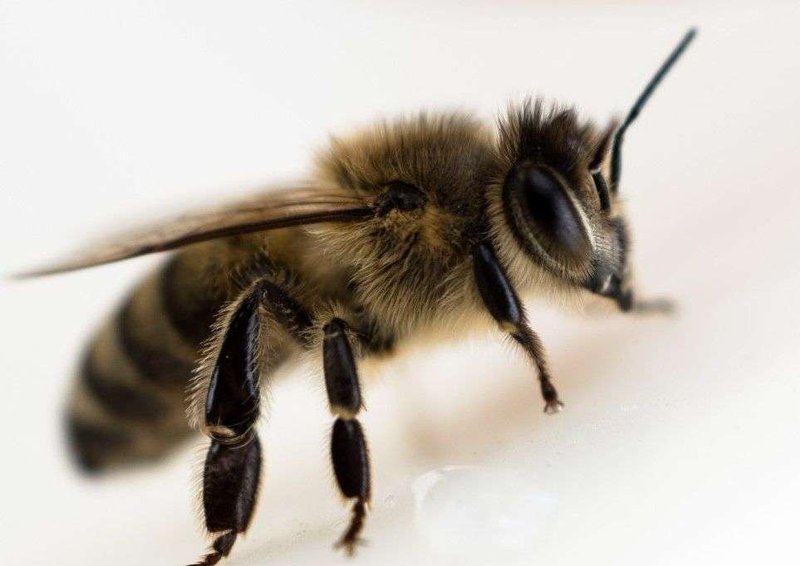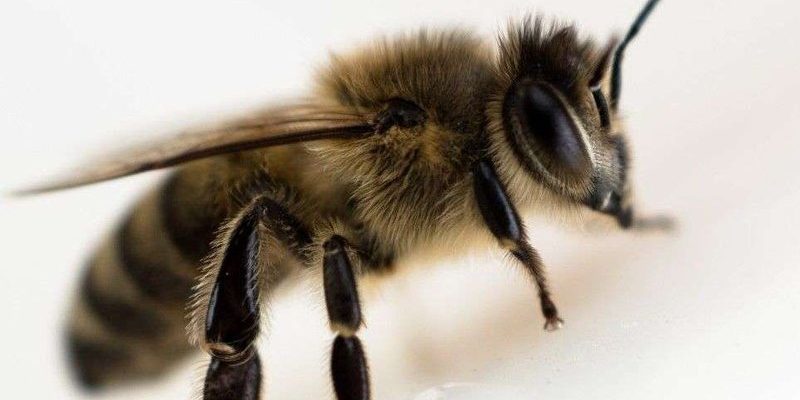
So, let’s get into it. Think of bumblebees as the friendly neighborhood delivery folks of the plant world. They help flowers get the pollen they need to produce seeds and fruit. But does that mean they’re always nice? Here’s the thing: while bumblebees can sting, they’re generally not looking to cause trouble. Understanding their behavior can help ease your mind if you’re worried about a potential encounter.
What Are Bumblebees?
Bumblebees belong to the family Apidae and are part of the genus Bombus. There are over 250 species of bumblebees worldwide, and they vary in size, color, and habitat. You might recognize them by their round, fuzzy bodies and the loud humming sound they make while flying. They usually have a comforting presence in gardens, zipping from flower to flower.
What sets bumblebees apart from other bees is their fluffy appearance and their ability to withstand cooler temperatures. They can forage in temperatures as low as 50°F (10°C), making them vital pollinators in many ecosystems. Their strong, powerful wings allow them to fly despite their size, contributing to their clumsy yet charming flight patterns.
Interestingly, bumblebees live in colonies, but their colonies are much smaller than those of honeybees—usually consisting of around 50 to 400 individuals. The queen bumblebee is responsible for starting the colony, laying eggs, and nurturing the larvae. Once the season changes, only the new queens survive, while the rest of the colony dies.
Do Bumblebees Sting?
Yes, bumblebees can sting. However, it’s essential to know that they usually do so only when they feel threatened or if their nest is disturbed. Think of a bumblebee’s sting as a last resort—like when a dog only barks if it feels someone is invading its space.
The sting from a bumblebee isn’t as dramatic as you might expect. It can hurt, but the pain usually fades within a few hours to a day. For most people, it’s just a brief inconvenience. However, if you’re allergic to bee venom, the reaction can be more severe, leading to swelling, difficulty breathing, or even anaphylactic shock. If you’re unsure about your sensitivity, it’s good to be cautious around any bees.
Here’s a little trivia: bumblebees are one of the few bees that can sting multiple times. Unlike honeybees, which lose their stinger after they sting, bumblebees can defend themselves repeatedly. So, if a bumblebee is persistent in its buzzing around you, it’s best to keep your calm and avoid swatting at it.
Why Do Bumblebees Sting?
You might be wondering what prompts a bumblebee to sting in the first place. Bumblebees are generally not aggressive. They’d much rather gather nectar and pollen than deal with any skirmishes. However, similar to how we might react when feeling threatened, bumblebees use their stings as a defense mechanism.
When a bumblebee senses danger—be it from humans, animals, or other threats—it may buzz more loudly and make erratic movements. This behavior is a warning, like a dog growling before it bites. If that warning goes unheeded, they may resort to stinging.
Being aware of your surroundings can significantly reduce the chances of a sting. If you see a bumblebee, try to remain still or slowly back away. If you disturb their nest, however, that’s when they may get defensive. Bumblebee nests are often found underground or in thick grass. So, if you’re gardening or playing in a grassy area, keep an eye out for their homes.
Are Bumblebees Important to the Ecosystem?
Absolutely! Bumblebees play a vital role in our ecosystems as pollinators. They help fertilize flowers by transferring pollen, which is crucial for plant reproduction. This process leads to the production of fruits, seeds, and vegetables that many animals (including humans!) rely on for food.
Their unique ability to pollinate is largely due to their technique called “buzz pollination.” When bumblebees vibrate their bodies while clinging to a flower, they shake loose pollen, making it easier for the plant to reproduce. This method is particularly effective for certain crops like tomatoes, blueberries, and peppers.
So, while we might view bumblebees with a wary eye, they are essential to keeping our food systems robust and diverse. Without them, our gardens, farms, and ecosystems would suffer. It’s a reminder that the next time you see a bumblebee, you’re witnessing firsthand nature’s little workers at play.
How to Avoid Being Stung by Bumblebees
Now that we’ve established that bumblebees aren’t out to get you, how can you avoid a sting? Here are some handy tips to keep in mind:
- Stay calm: If a bumblebee buzzes near you, remain still and avoid sudden movements. Swatting at them can provoke a sting.
- Avoid strong scents: Bumblebees are attracted to floral scents and bright colors. Wearing neutral colors and unscented products can help.
- Keep food covered: When eating outdoors, keep food and drinks covered to avoid attracting bumblebees.
- Be careful while gardening: If you’re digging or pruning, check for nests in the ground or in plant clusters first.
By following these simple practices, you can enjoy the beauty of bumblebees in your garden or park, all while minimizing the chances of a sting.
What to Do If You’re Stung
If you do happen to get stung, don’t panic! Here’s what you can do to ease the discomfort:
1. Remove the sting (if necessary): Unlike honeybees, bumblebees don’t leave their stingers in your skin, so you usually won’t need to remove anything.
2. Clean the area: Wash the sting site with soap and water to reduce the risk of infection.
3. Apply a cold compress: This can help soothe any swelling or pain. Even a clean washcloth with cold water can do the trick.
4. Take an antihistamine: Over-the-counter antihistamines can help alleviate itching and reduce swelling.
5. Watch for allergic reactions: If you feel dizzy, have difficulty breathing, or notice excessive swelling, seek immediate medical attention, as these could be signs of an allergic reaction.
In summary, bumblebees are not inherently dangerous to humans. They’re fascinating creatures that contribute significantly to our environment. While they can sting, they generally prefer to go about their business of pollinating flowers rather than causing any harm. With a little understanding and respect for their space, you can enjoy the presence of these buzzing friends without fear.
Next time you spot a bumblebee, remember they’re just doing their job—helping plants grow and, in turn, helping us. So, raise a glass to the bumblebee! They’re much more of a friend than a foe when you take the time to appreciate their role in our world.

